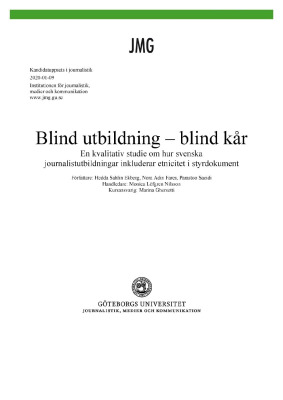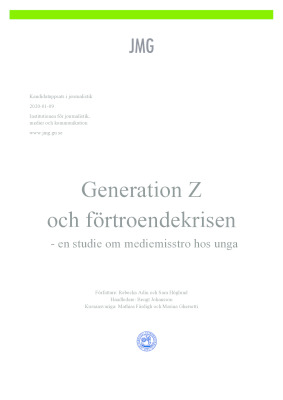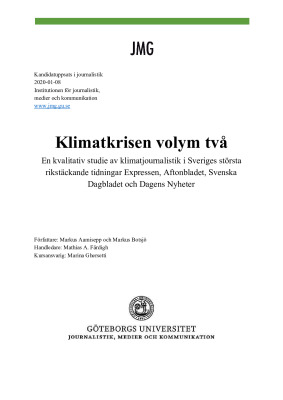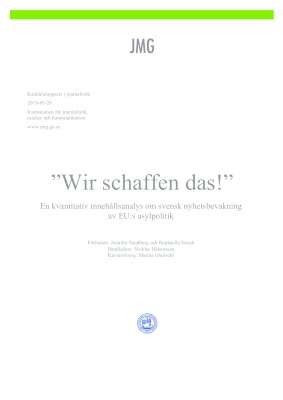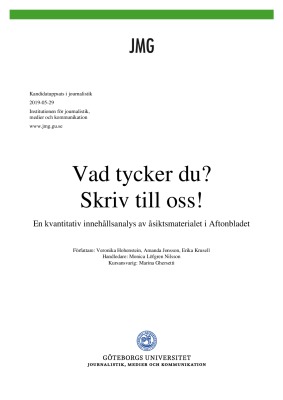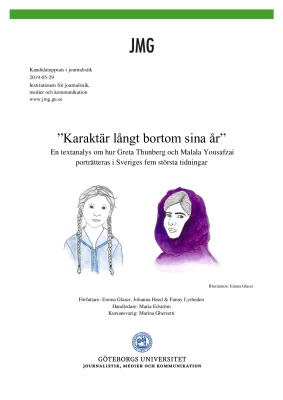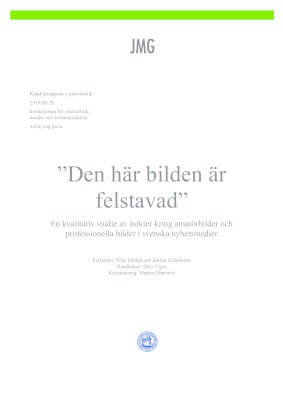The aim of this study is to examine if ethnic diversity is included in the regulatory documents of Swedish journalism educations. It will also examine how the prevalence of ethnic diversity changes over the time. This was achieved by examination of the three following aspects: (i) In which way ethnic diversity is included in the regulatory documents; (ii) What differences that occur in the documents over time; (iii) The difference between how gender and ethnic diversity are included in the documents.
The theoretical framework used to analyse and interpret the results of our study is rooted in postcolonialism: the theory of ”we and them”, orientalism and hegemony. Furthermore the theory of discursive discrimination was used. Earlier research has been a contributing factor to analyze the results as well.
This study was carried out using a qualitative text analysis and consisted of analyzing all journalism educations in Sweden. To discover any changes over time we examined the years, 1989, 1999, 2009 and 2019. Four different questions were used to analyze how and in which way the concepts “ethnic diversity” and “gender” was included in the regulatory documents. The questions were:
1. What is said about ethnic diversity?
2. Are there any notions in the documents that can be interpreted as ethnic diversity?
3. What is said about gender?
4. Are there any notions in the documents that can be interpreted as gender?
With a total of six different journalism educations and over 30 regulatory documents, the results shows that ethnic diversity is not generally included in the regulatory documents. The results show differences in how frequently gender occurs in comparison to ethnic diversity. Furthermore the result show an increase in 2009 where ethnic diversity is mentioned at least once in every journalism program. In 2019 it decreases and most documents regress to excluding ethnic diversity in the regulatory documents.
